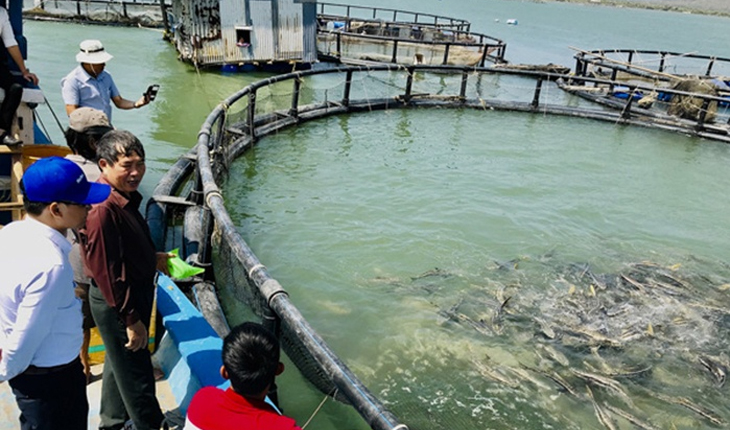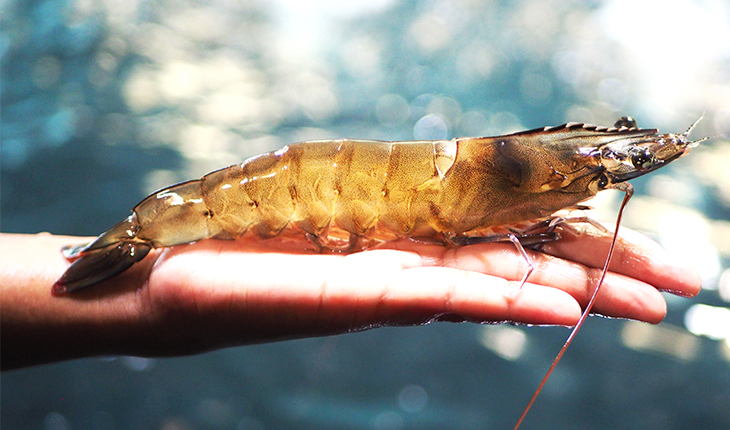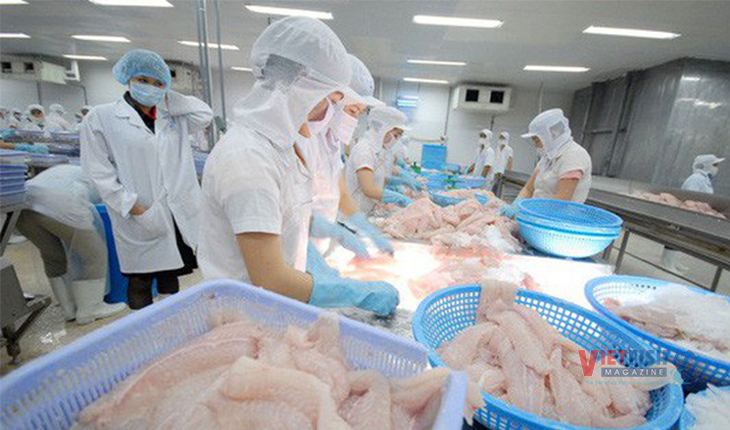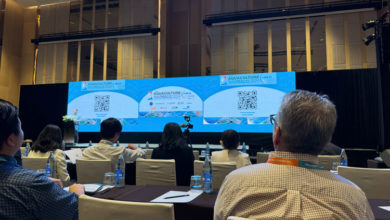VASEP proposes slashing U.S. seafood tariffs to zero
In response to the Trump administration's announcement of potential retaliatory tariffs on goods from over 180 economies, including Vietnam, the Vietnam Association of Seafood Exporters and Producers (VASEP) has urgently recommended several measures, including an unexpected proposal to cut import tariffs on U.S. seafood to zero.
VASEP warned that the looming tariff hike, possibly as high as 46%, will severely impact Vietnam’s key export sectors, and seafood is no exception.
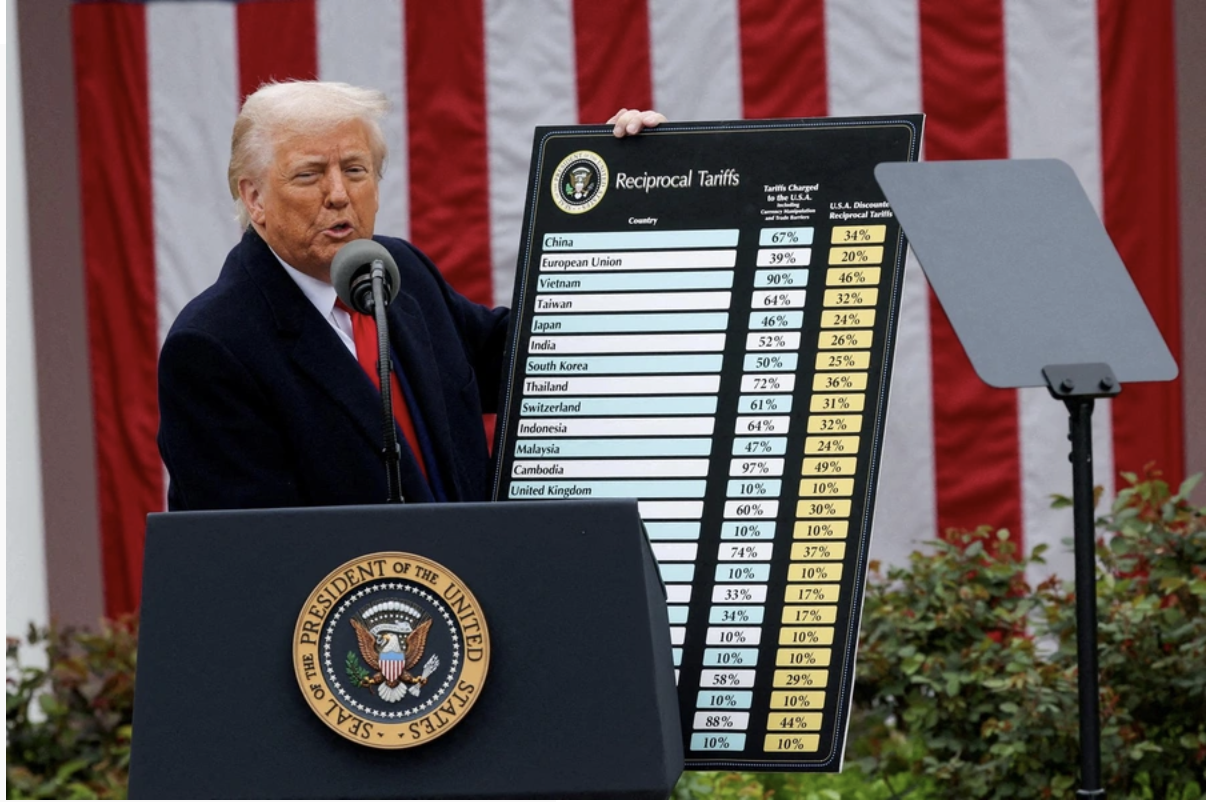
With annual seafood exports to the U.S. valued at around USD 2 billion, this market accounts for about one-fifth of Vietnam’s total seafood export value and serves as a critical driver for the entire industry.
Faced with the serious threat of losing this key market, VASEP has urgently called on the government and relevant ministries to swiftly negotiate with U.S. authorities to lower tariffs to the most reasonable level possible.
Specifically, VASEP hopes the U.S. will avoid imposing a blanket 46% tariff across all Vietnamese seafood products. Instead, they propose applying differentiated rates based on individual HS codes.
A bold proposal: Zero tariffs for U.S. seafood imports
One of VASEP’s more surprising recommendations is that Vietnam should proactively reduce import tariffs on U.S. seafood, particularly on products like shrimp and tuna, to zero.
VASEP explained that Vietnam currently imports very little seafood from the U.S., almost none, in fact. However, taking this step could act as a bargaining chip in negotiations, paving the way for the U.S. to reciprocate with a zero tariff on Vietnamese seafood exports.
VASEP also stressed the importance of aligning the effective date of any new tariff schedules and urged U.S. authorities to consider the date goods are loaded onto vessels (as indicated on the bill of lading) as the export date for tax purposes. This would help prevent heavy losses on shipments already in transit.
Seafood exporters on edge as thousands of tons risk high tariffs
VASEP has urgently advised its members to carefully reconsider export plans during this sensitive period. Specifically, they recommend avoiding shipments after April 5 to escape the additional 10% tariff, and especially after April 9 to avoid the potential 46% retaliatory duty announced by the U.S.
Currently, over 400 Vietnamese seafood exporters trade with the U.S., many with high-value orders already in progress. An additional concern is that most seafood shipments to the U.S. use the DDP (Delivered Duty Paid) method, meaning Vietnamese exporters bear all costs and risks until the goods reach buyers in the U.S.
As a result, the prospect of a 46% tariff has triggered deep concern among exporters about losing access to the U.S. market and facing heavy losses on shipments already at sea.
According to preliminary data from VASEP, as of April 3, the day the 46% tariff announcement was made, roughly 37,500 tons of seafood were already en route to the U.S. An additional 31,500 tons were scheduled for shipment in April and May, with around 38,500 tons tied to full-year contracts.
If U.S. customs applies the new tariffs based on port arrival dates (post-April 9), all these shipments would be subject to the higher rates, rather than the current 0% or the existing anti-dumping rates of 5.5% to 7%.
VASEP offered a stark example: a USD 500,000 shrimp shipment that previously incurred a 5% anti-dumping duty (USD 25,000) would now face a 46% tariff, or USD 230,000, an increase of USD 205,000, a crippling blow for exporters.
This new tariff could wipe out Vietnam’s price competitiveness entirely, especially against rivals like India, Indonesia, Ecuador, and Thailand, which enjoy much lower U.S. import duties.
The situation calls for urgent negotiations and swift countermeasures from both government authorities and the seafood industry.
VFM


